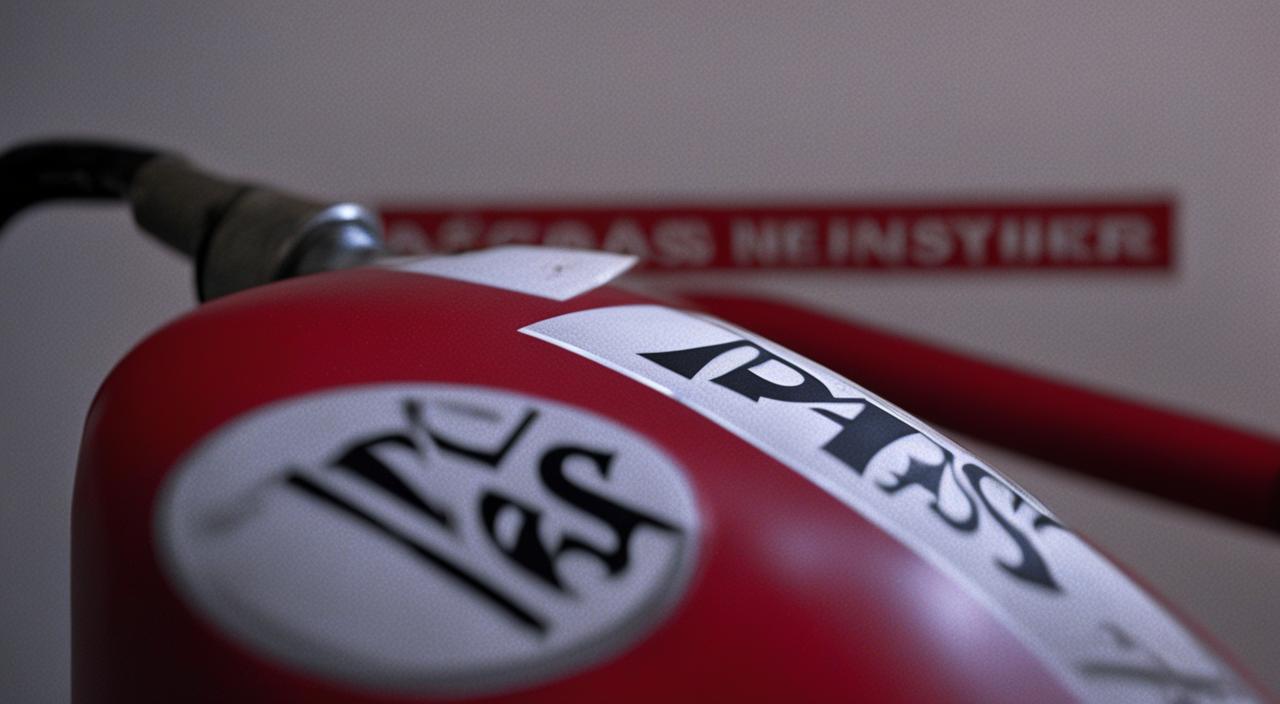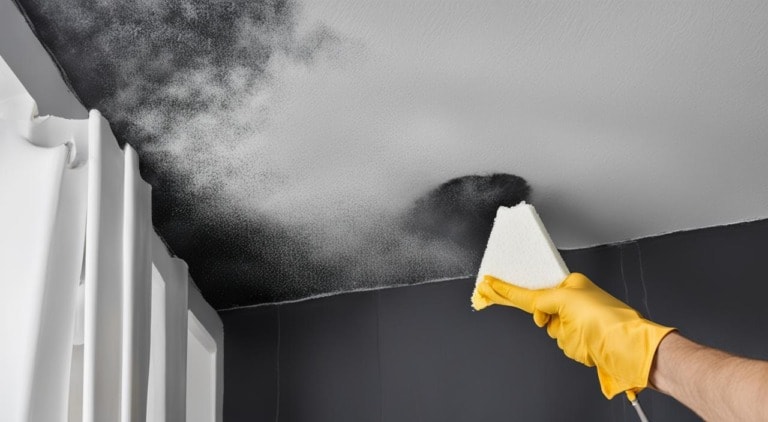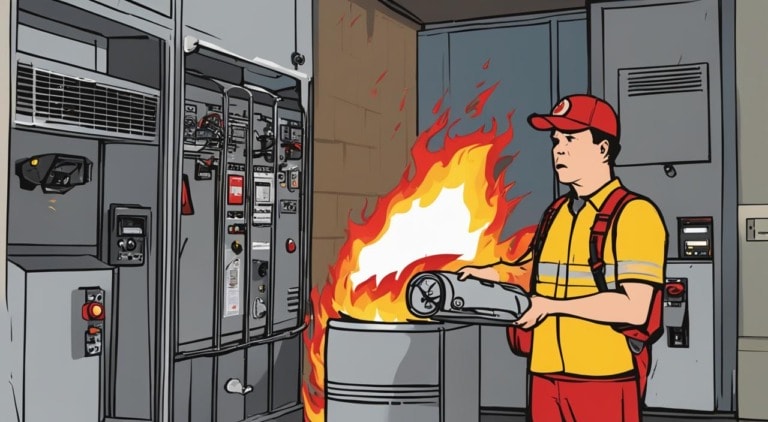
In the event of a fire, knowing how to respond quickly and effectively can make all the difference. Understanding the basic response procedure is crucial for the safety and well-being of building occupants. This article provides essential information on what to do during a fire incident, emphasizing the importance of fire safety.
When a fire alarm sounds, it is essential to take immediate action. Building occupants are legally required to evacuate the premises. If you witness a fire, activate the closest fire alarm and exit the building.
Once you are safe, dial 911 to inform the emergency services about the fire. Remember, calling for help promptly can help minimize potential damage and ensure a swift response from trained professionals.
If the fire is small and you have been trained to use a fire extinguisher, you may attempt to extinguish it. However, always prioritize your safety. Move away from the fire and smoke, warn others, and close doors and windows behind you to slow down the spread of fire.
Before opening a door, check for heat. If the door feels hot or if there is smoke, find an alternative exit. It is crucial to avoid putting yourself in further danger.
When evacuating the building, use stairs instead of elevators. Stairs provide a safer and faster way to exit. Be sure to follow the evacuation plan and never re-enter the building until instructed to do so by emergency responders.
Using a Fire Extinguisher (Remembering PASS)
In the event of a fire, knowing how to use a fire extinguisher can be a valuable skill. By remembering the acronym PASS, you can quickly and effectively respond to a small fire and potentially prevent it from spreading.

What is PASS?
PASS stands for Pull, Aim, Squeeze, and Sweep. These four steps outline the proper procedure for using a fire extinguisher:
- Pull the safety pin: Before using the fire extinguisher, pull the safety pin located on the handle to break the seal.
- Aim at the base of the fire: Direct the nozzle of the fire extinguisher towards the base of the fire, where the fuel is located.
- Squeeze the trigger handle: Firmly grip the handle and squeeze to release the extinguishing agent.
- Sweep from side to side: While continuing to aim at the base of the fire, sweep the extinguisher from side to side to cover the entire area.
Important Considerations
It’s crucial to remember that fire extinguishers are only effective for small fires that are contained and manageable. If the fire is already spreading rapidly, it is necessary to evacuate immediately and call emergency services. Additionally, before attempting to use a fire extinguisher, always ensure your personal safety and have a clear escape route.
Regular fire extinguisher training and familiarization with the various types of fire extinguishers can further enhance your ability to respond effectively in an emergency.
Wildland Fire Response Procedures
In the event of a wildland fire, it is crucial to follow the guidance of emergency responders. Depending on the situation, they may advise the campus to either shelter in place or evacuate. Your safety is their top priority, so it is important to stay informed and prepared.
If you are instructed to shelter in place during a wildland fire, remain inside your building and close all doors and windows. This can help create a barrier against smoke and embers. In case the air quality deteriorates, consider using a respirator or creating a makeshift mask to protect your breathing.
Alternatively, if emergency personnel order an evacuation, it is imperative to follow the campus evacuation plan. Listen for instructions from the responders and act promptly and calmly. Avoid panic and stay updated on the fire incident through official channels and resources.
Remember, wildland fires can be unpredictable, and the guidance from emergency responders is crucial for your safety. By following their instructions, you can help ensure the best possible outcome in these challenging situations.






